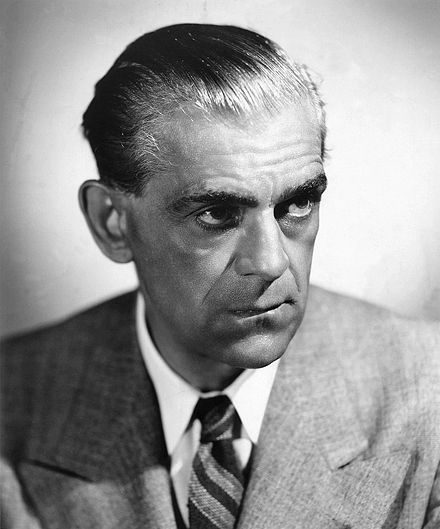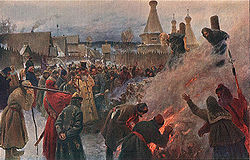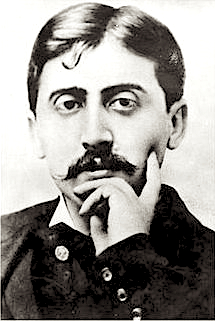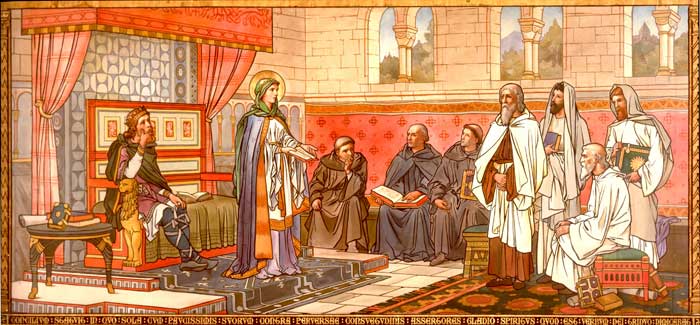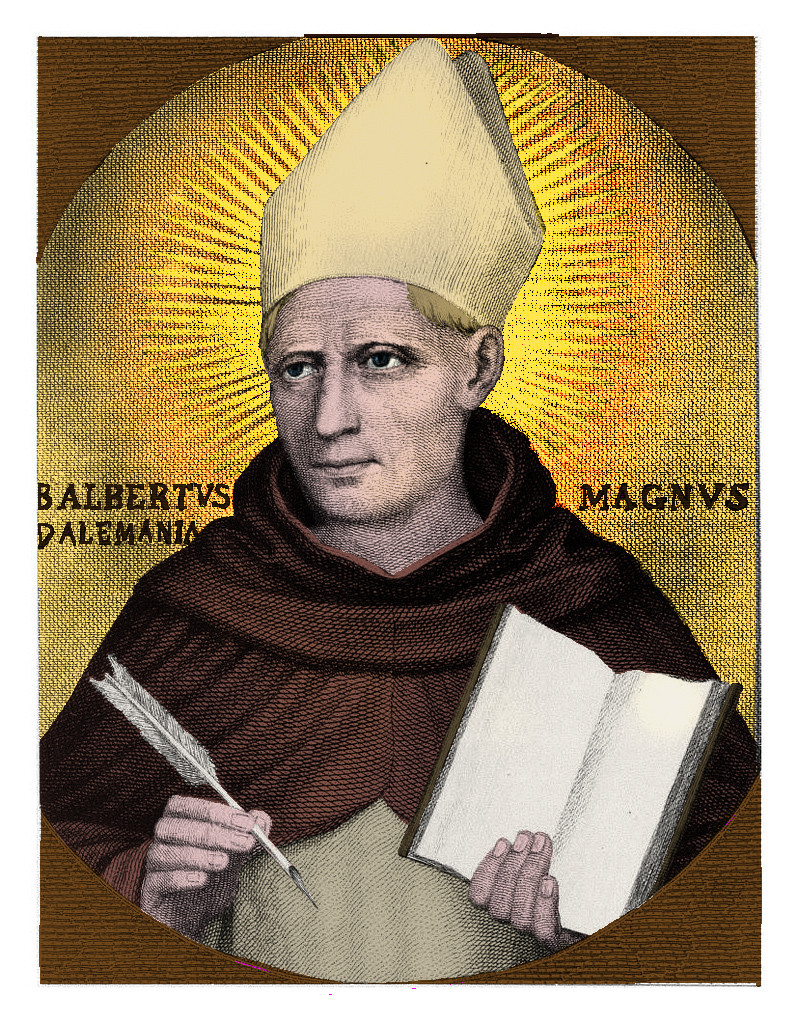1963 Death of C.S. Lewis.
While most of the world was riveted by the horrible events in Dallas and the assassination of president John Kennedy, in England the Christian academic and apologist C.S. Lewis drew his last breath.
Clive Staples Lewis was born in Belfast, Ireland in 1898, the second son of a lawyer. He was educated in a series of private schools and tutors and was awarded a scholarship to attend Oxford but in 1917 he enlisted in the British army. He was commissioned as a junior officer and sent to the trenches on the Western Front. In 1918 he was wounded by shellfire and sent back to England to recover. After the war he completed his Oxford degree and taught philosophy and English at that university (which never treated him as well as he deserved) until 1954 when he moved to Cambridge University to take up the chair in Medieval and Renaissance Literature.
For many years Lewis lived as a bachelor in the same house with his older brother Warren and Jane Moore, the mother of a friend who died in the war. Biographers have long speculated on the relationship between Lewis and Mrs Moore, some thinking they were lovers, at least for a time, and some not so sure. In 1956 he contracted a civil marriage with the American Jewish divorcée Joy Davidson, ostensibly to allow her to remain in England with her two sons. The relationship turned into a love match and Lewis mourned her deeply on death to cancer in 1960. Lewis died of kidney failure on this date in 1963.
Lewis’s reputation was first made as a scholar of medieval literature and his works The Allegory of Love and The Discarded Image are still well regarded by experts in the field. But it is as a defender of the Christian faith in fiction, essays, and broadcasting that Lewis is now best known. Lewis had come back to his childhood religion after a period of atheism as a young adult and it is perhaps the process of rebuilding his faith that led him to be such an effective expositor of the Christian fundamentals. A series of BBC broadcasts during the second World War turned into Mere Christianity, which the magazine Christianity Today termed the greatest book of the twentieth century. Lewis expounded the Christian faith in a science-fiction trilogy, a series of children’s books entitled the Chronicles of Narnia, the Screwtape Letters, Till We Have Faces ,and The Great Divorce. His more famous non-fiction works include God in the Dock, Miracles and The Problem of Pain. He wrote an autobiography, Surprised by Joy.
Lewis is buried in Oxford. A memorial stone honouring him in Westminster Abbey reads: I believe in Christianity as I believe that the Sun has risen, not only because I see it but because by it I see everything else.
The Feast of St Cecilia
Cecilia is reputed to be a martyr of the second century who perished in the persecutions of Emperor Marcus aurelius. She is the patron saint of musicians and the inspiration for works by Henry Purcell, Benjamin Britten and (most effectively) by Georg Handel. The latter’s Ode for St Cecilia’s day takes as its text a poem by John Dryden which speaks of the power of music to not only arouse human passions but to shape and unshape the very fabric of the universe. The last verse reads.
As from the power of sacred lays
The spheres began to move,
And sung the great Creator’s praise
To all the blest above;
So when the last and dreadful hour
This crumbling pageant shall devour,
The trumpet shall be heard on high,
The dead shall live, the living die,
And music shall untune the sky.
